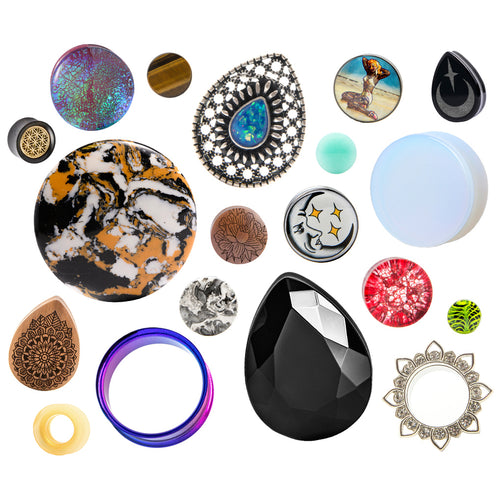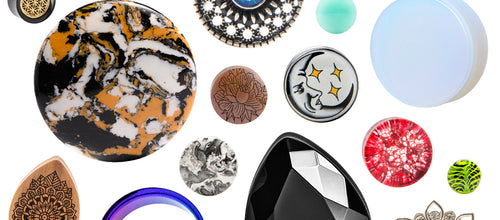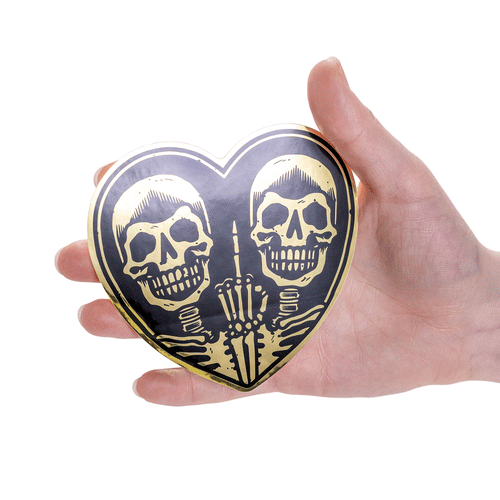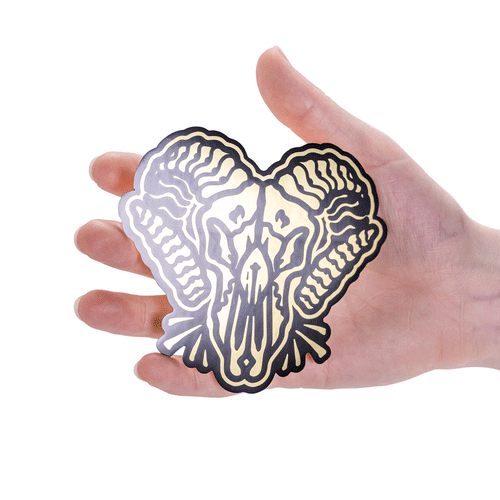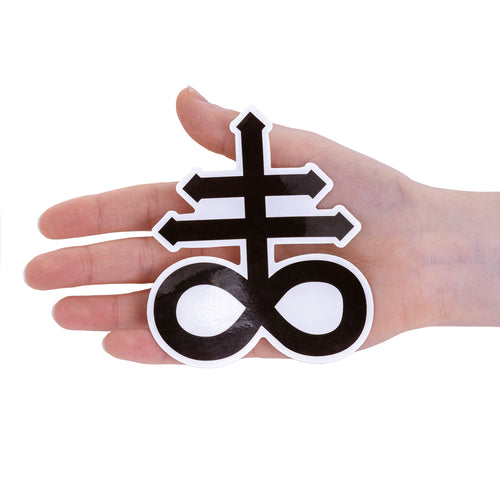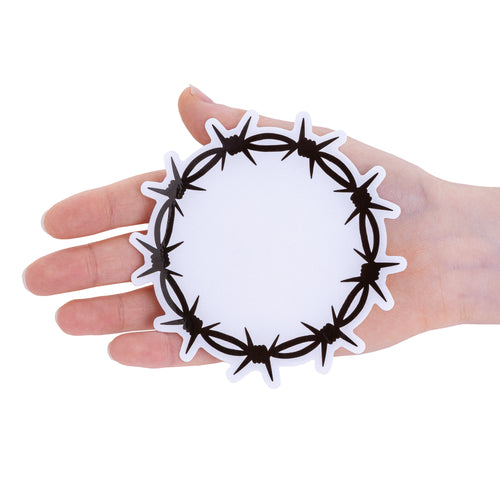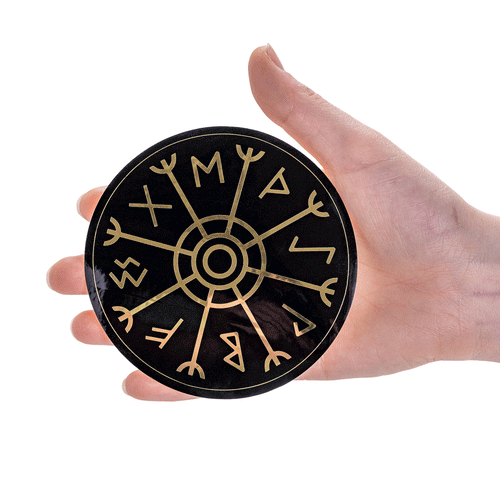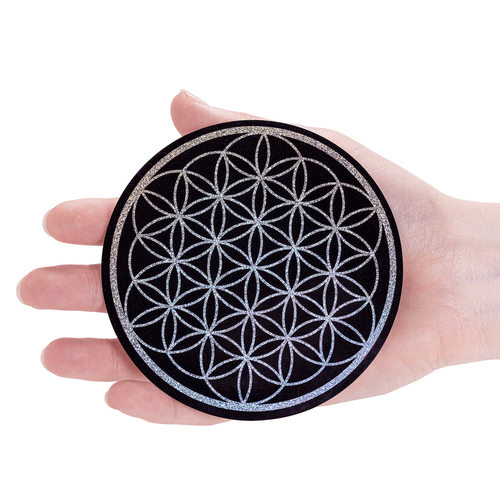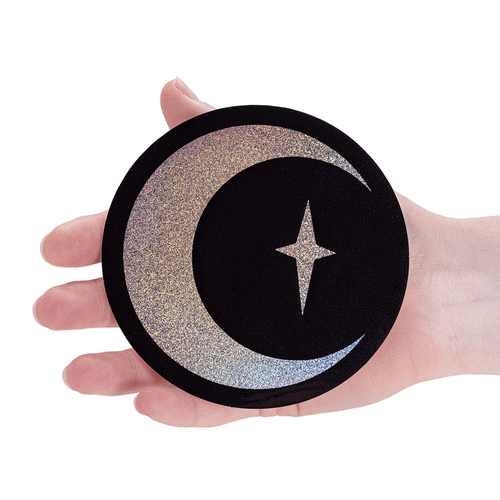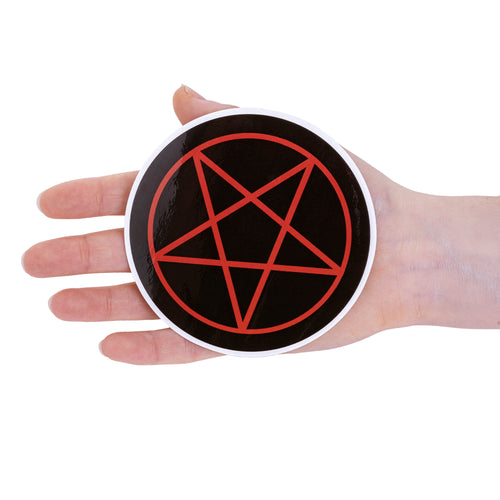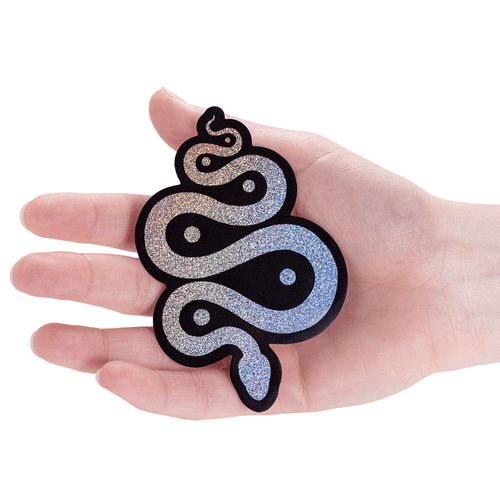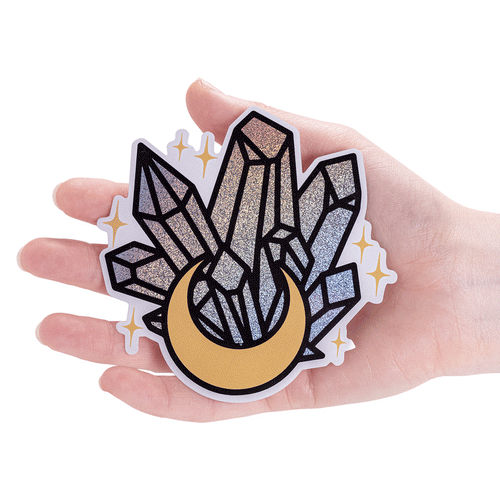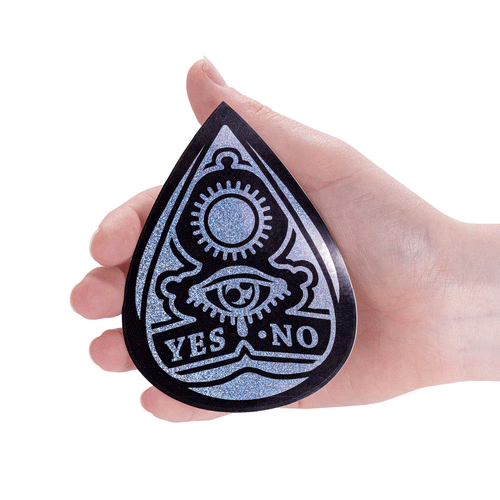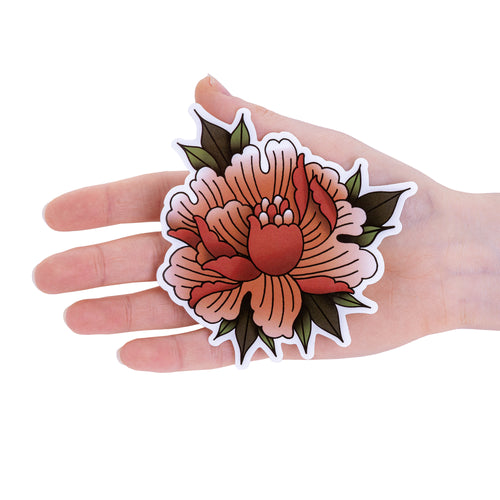History of Plugs and Ear Stretching
Whilst the ‘traditional’ office jobs today may have an issue with body mods like ear stretching, the first ever stretched ears were discovered thousands of years ago.
Used for rituals, spiritual purposes, and self-expression early ear stretching was created by using ear weights, and creating jewellery from bone, teeth, stone, and natural objects. Some of these traditional methods of ear stretching can still be seen today in the Lahu tribe and Karen-padaung tribes across Asia.
So what is it about plugs and ear stretching that has had such a historical presence pre-civilization as well as today? Let’s find out as we’re delving into the full history of the art of ear stretching!
Ear modifications have global history
Piercing and body modification was most commonly used as a right of passage among ancient tribes and civilisations, spanning across continents. Ancient Egyptians, Mayans, and Aztecs used the practice, as well as many Asian and African tribes.
If you know of the famous heads on the Easter Islands, all of them have stretched ears. They were known as “long ears” and were warring with neighbouring tribes without stretched ears known as “short ears.”
The oldest stretched ears date back to the bronze age
Whilst ancient egyptian Pharaoh Tutankhamun is popularly known to have stretched ears, he’s actually not the oldest on record! ‘Otzi the Iceman’ who was found frozen in the Alps between Italy and Austria is the oldest mummy with stretched ears found in Europe dating back to 3,300 BC. Almost perfectly preserved, he was an incredible scientific discovery that led to the earliest known stretched ears (to around 8mm/0g), as well as intact tattoos around his ankles, knees, and back.
Ötzi shows us that body modification, particularly stretched ears, goes back thousands of years. And he was not the only one to do it – similar practices were found in civilisations that lived in every corner of the world.
Ear stretching was a part of Egyptian culture from a young age
A clear sign that ancient Egyptians stretched their ears as we mention above was King Tutankhamun himself. Stretched to around 10mm (00g) it was such a part of who he was it was depicted on his golden death mask.
But it wasn’t just pharaohs and rulers that had stretched ears. Pottery, wall paintings, and sculptures on display, as well as statues from the predynastic period show modified earlobes. This shows that everyday Egyptians wore ear jewellery and modified their ears at a young age, and often removed or discarded them once they reached adulthood. That’s likely the reason why the ear stretching was only depicted for King Tut’s mask over other pharaohs is because he died quite young.

Asian civilisations stretched ears with heavy jewelry
Eastern deities were (and still are) depicted with stretched ears. The most famous example is Gautama Buddha, who lived in 563 BC, and had stretched ears from wearing heavy jewelry as a status symbol of his wealth.
As he went onto his journey to enlightenment, he stopped wearing heavy jewelry, but his ears remained permanently stretched. Each depiction of his is therefore shown as him having elongated earlobes but without any jewelry at all.
The Dayak people who live in Borneo historically focused on ear length instead of diameter, with solid brass ear ornaments being a sign of power and prestige. They had some of the heaviest jewelry pieces of all, with a pair of ear weights weighing up to one pound!
It was considered more feminine to have longer stretches in their culture so women would usually stretch their ears to the shoulder (or beyond) whilst men would stick to the shorter stretches. While the Dayak people are still around today, the practice of elongating their earlobes to this extent has been stopped.
Ear stretching in the Americas was a sign of status and connection with the godsEar stretching was also featured prominently in one of the most sophisticated civilisations of old. Dating back to 3,000 years BC the Mayans used ceramic, gold, jade, and alabaster to stretch their earlobes with the jewelry of choice being ear flares and ear spools.
Stretching wasn’t for aesthetic purposes for them, but one of spirituality. They held the belief that stretched earlobes helped invite spirits into the body. At the same time, the material of ear spools and flares indicated their status in society. The wealthier classes wore jade and gold, while the lower ones opted for stone, wood, and bone.
The Aztecs practiced something similar and also favoured spools and tunnels, but didn’t wear them from a young age. Instead, the children would have the ears pierced young and only threaded with a string before the stretching would begin. The actual piercing was usually done with a maguey spine or bone awl.
The stretching was done by adding ornaments to the ears that were heavy enough to stretch the earlobes. Once they were sufficiently stretched, the ornaments were replaced by spools, which were only received as a right of passage at certain ages.
The type of spools and plugs also indicated their status in the society. There were different materials used for plugs and spools for warriors, kings, priests, and other important social figures.
Stretching the ears has changed throughout history
Today, we enjoy studios, the latest medical-grade equipment, and professionally trained piercers when it comes to getting ears pierced and doing the starting stretch. Then you can start to stretch your ears at home with kits, and especially designed tapers.
Throughout history, however, people didn’t have this luxury. So how did they do it?
Calling on nature
Ears were pierced and stretched with whatever was available at the time:
Sharp plant roots; Plant thorns; Porcupine quills and pine needles; Tusks; And bones were some of the most common piercing tools of old.To reduce risk of infection, they also used healing salves and oils made of the herbs they used to tend wounds and other injuries.
They practiced dead stretching
The actual art of stretching was also very different, as there wasn’t really a period of adjustment or a size chart that makes the process as painless as possible. Instead, the most common procedure used was “dead stretching” where the larger sized piece of jewelry was forced into the earlobe with only the help of natural oils.
The modern norm is to stretch only after the initial piercing is fully healed, which takes six to twelve months to avoid lasting damage or blowouts. Some of these forms of ‘dead stretching’ were also performed immediately after the initial piercing.
But this method is more painful, at higher risk of complications, and develops much more scar tissue, which leaves the earlobes permanently stretched.
...and scalpelling
It wasn’t uncommon that the skin was too damaged to be stretched further, and there was a risk of the earlobes tearing.
So our predecessors found another way ears could be stretched once the skin of the earlobe was too thin to use jewelry or couldn’t be stretched any more, using a practice called scalpelling. Something that is still available today in some studios where the inner side of the healed stretched earlobe is carefully cut so the size is increased further than you can get with piercing.
Ear stretching among modern era tribes
Traditional ear stretching isn’t entirely a thing of the past! The various tribes and civilisations of the modern day have held up the practice throughout the ages. Many of them are located on the African continent, but the practices are also used in Asia and other parts of the world.
The Mursi women use plates
The Mursi women from Ethiopia are the most famous modern example. They put large wooden plates into their earlobes and their lower lip. It was a common misconception that the larger the size of their lower lip plate, the more bridewealth the woman will bring into marriage. But this idea was just a myth that was debunked.
Women of the tribe are equal to men in terms of how they decide to modify their bodies. It is up to the girls to decide whether they will go through with it or not. If they decide they will, the initial piercing is done by the mother or another woman related to the girl when she reaches the age of 15 or 16.
A wooden plug is inserted into the piercing immediately and stays there until the new piercing is fully healed, which takes about three months. After that, plates are inserted to gradually stretch the lip. Their ears are usually pierced at the same time, and as they slowly stretch their lower lips, they do the same with their earlobes.
The Maasai use heavy jewelry and beads
The Maasai people, who inhabit Kenya and Tanzania, also have stretched ears and use natural materials such as stone, bones, wood, and tusks. Using a knife or thorn for the first piercing they then place heavier jewellery into the hole and gradually increase in size.

Older members of the tribe have larger stretches, as it takes time to stretch ears safely. The size of the stretch is therefore a sign of age and wisdom.
The traditional adornments they wear are intricate and colourful beads, and these are also part of their stretched ears. Once the Maasai reach the desired size of the stretch, they will discontinue wearing plugs, and instead line the stretched earlobe with beads, with a single ear weight being used instead of the plugs to keep the stretch. This type of decoration is reflective of the types of plugs and tunnels we have today!
The Fulani people only stretch a little
The Fulani tribe have preserved the practice of ear stretching too. They are also called the Fula, the majority of which resides in Nigeria, but can also be found in Guinea, Senegal, Mali, Cameroon, and other West and Central African countries.
At the age of three, girls will have their ears pierced first but they don’t begin stretching until much later. They are also unique in that they don’t stretch to large diameters, they like to keep them minimal and hardly noticeable. Instead they wear large traditional earrings made of gold known as kwottone kanye which can be up to five inches in length.
As a nomadic tribe, they wear their wealth in form of jewelry to make it easier to carry around and use it to trade with other tribes they encounter. The larger the earrings and stretch, the more wealthy they are perceived to be.
The Asian hill tribes use ear tunnels
Today, ear stretching in Asia is limited to just two members of the Asian hill tribes, most notably the Lahu tribe that resides in Thailand and the Karen-Padaung that reside in Myanmar that we mentioned before. Though the latter are more famous for their neck stretching practices.
The practice of ear stretching is due to their belief that ears are sacred and should be adorned with as much jewelry as possible.
Modern use
Today, stretching your ears is as much of an art form as is science and, we know the best practices on how to stretch and care for your ears. But, the shapes and styles used for ear plugs and tapers are actually quite similar to those that have been used for thousands of years. Mimicking ancient traditions from around the globe and showing how much the history of ear stretching is still as prevalent in today’s practices.
Interested in seeing more? Check out our store for plugs, stone plugs, wood plugs, tapers, ear weights, silicone plugs, tunnels, ear gauges, body jewellery, glass plugs and more...

